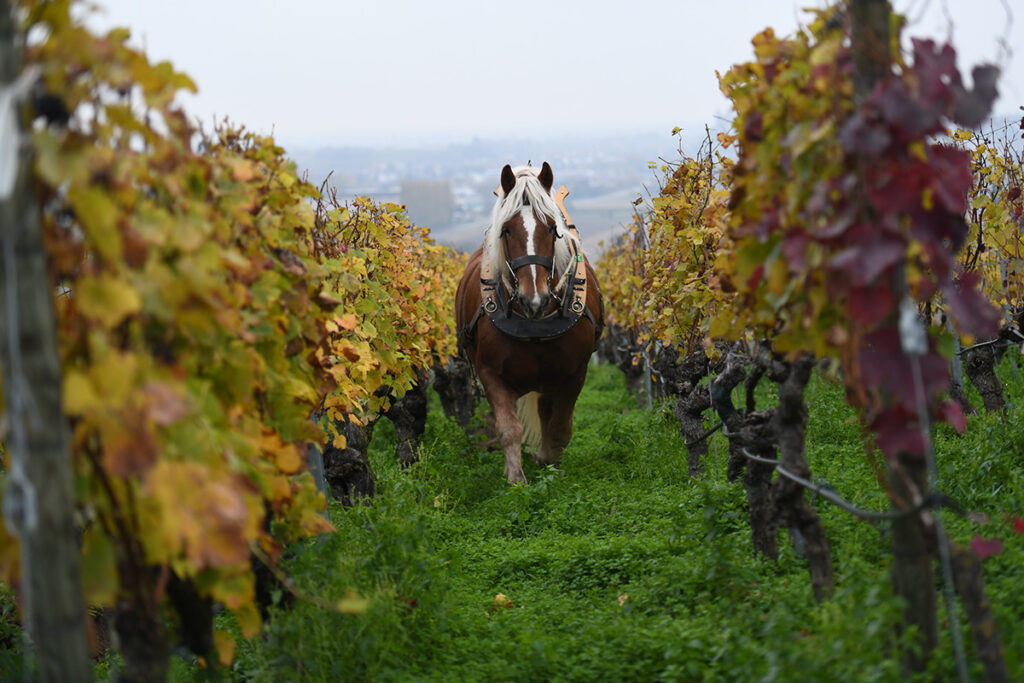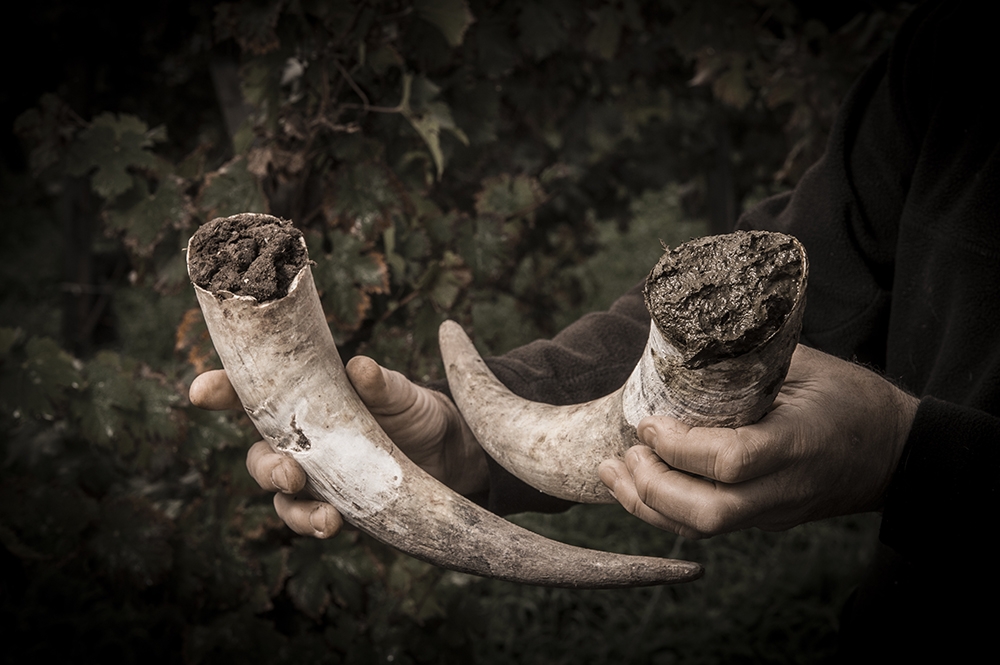Biodynamic Wines are gaining more and more visibility and popularity in the wine world. However, the origin of Biodynamc Wine dates backas far as the early 1920`s. It all began with Rudolph Steiner, an Austrian Philosopher who also happens to be the founder of a belief system called “Anthroposophy”. A philosophy based on the premise that the human intellect has the ability to contact spiritual worlds.
For almost 50 years, Biodynamics were forced underground firtsly by the Nazis and later on due to the rise of chemical fertilizers, fungicides and pesticides. That may be one of the reasons why the word about Biodynamic Wines didn`t get spread immediatly.
In the 1960`s Eugene Meyer and Nicolas Loly were the first ones, followed by many other french producers to develop Biodynamic Winemaking.
What makes wine Biodynamic?
Biodynamics occur primaly in the vineyard before winemaking even happen. It is a holistic, homeopathic manner of farming that of course includes viticulture.
Unique methods to the biodynamic approach include its treatment of soil. All the various tasks, from planting, to harvesting, are regulated by a special calendar, devised by Maria Thun, who divided days into four categories: Root (ideal for pruning), Fruit (best days for harvesting), Flower and Leaf Days. Besides the biodynamic calendar, no chemicals are allowed to use. Instead, wine growers utilize special compost preparations with natural ingridient to enrich their vineyards.
The most common is the use of “cow horns” stuffed with natural compost and buried in the soil. It is a powerful means for structuring the soil and also regulates pH and help to dissolve minerals.

Today there are over 700 producers worldwide that craft biodynamic wine,.

2016
Grüner Veltliner "Rosenberg"
Weingut Bernhard Ott
-
CHF 54.50

